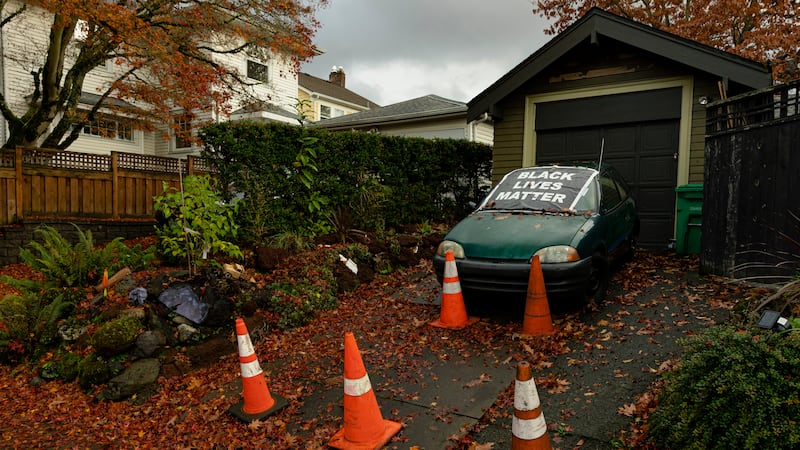Since September, over 2,000 Multnomah County residents have received more than $2 million in federal funds through a state program that pays eligible Oregonians for up to 10 days of missed work while they're quarantining for COVID-19.
Who's getting the most money? Black residents and people living in East County.
From Sept. 17 to Dec. 18, Black applicants made up 604 of the 2,077 accepted claims and received $640,680, while white people made 627 claims totaling $596,760. The four ZIP codes with the highest number of claims and funds dispersed are all east of 82nd Avenue.
In Multnomah County, the state paid 2,077 people a total of $2,026,440, using federal CARES Act dollars.
State officials say that distribution of money shows the program is working as intended: It's sending direct subsidy to the people who can least afford to skip work.
As WW has previously reported, household incomes for Black Oregonians are among the lowest in the state. And people living on the eastern edges of the city are often poorer, in part because of citywide gentrification that pushed people to the outer edges of the county where fewer resources are available.
The Oregon Department of Consumer and Business Services created the COVID-19 Temporary Paid Leave Program, which officially launched Sept. 16, to provide financial assistance to people who work in Oregon, file taxes, do not work gig economy jobs such as driving for Lyft and Uber, and are not seeking funding from other government sources.
DCBS director of communication Leah Andrews says her team focused its outreach to target underrepresented communities before any other groups. They also have the ability to assist people who speak any language and they worked to make the application process as simple as possible.
"People applying for this are already in the most stressful times in their lives. They're frustrated," Andrews says. "They're not sure where money is going to be coming from or they're not well or they've been exposed. We're doing the best we can to make this as seamless as possible."
An example of direct outreach Andrews offered was that her office's diversity and inclusion manager sent emails and called community leaders she works with at the NAACP of Portland, the Philippine American Chamber of Commerce of Oregon, and other community groups to inform them of this new program.
Andrews says there's enough funding to take the program into the new year, with $13 million remaining after more than $8 million was dispersed statewide.
Andrews was glad to see that the program is reaching those who need it most. She often hears people break out in tears over the phone when speaking about the application.
"I was glad to see that it was reaching a diverse group and helping, but at the same time there's so much need," Andrews says. "This year has highlighted an incredible amount of inequity, not that it wasn't already there."
